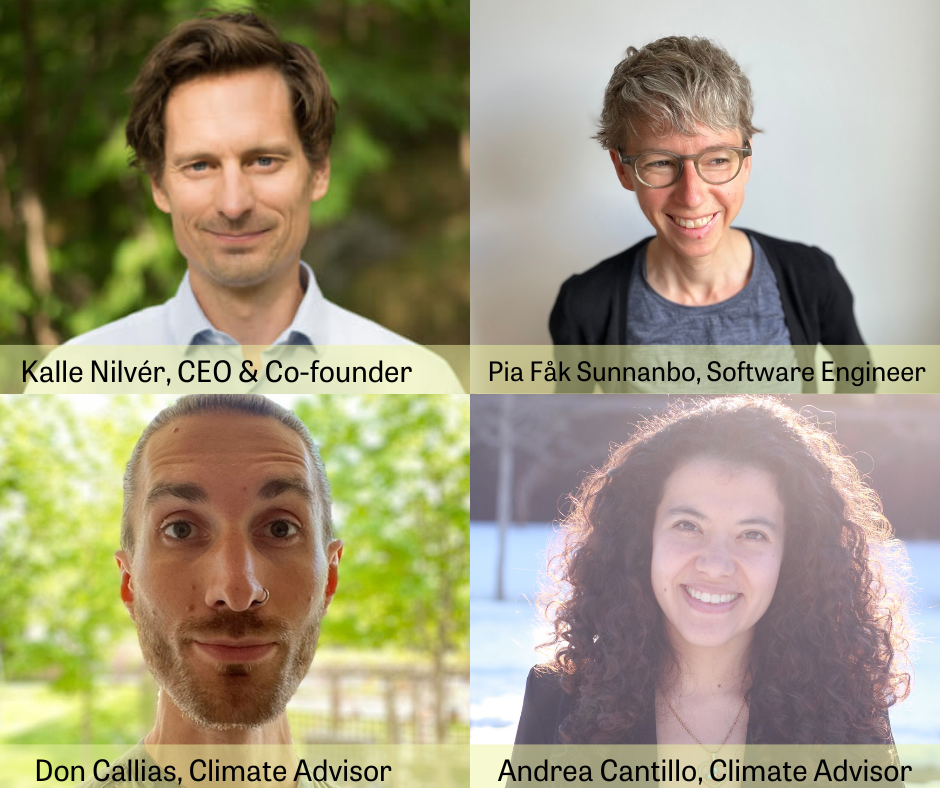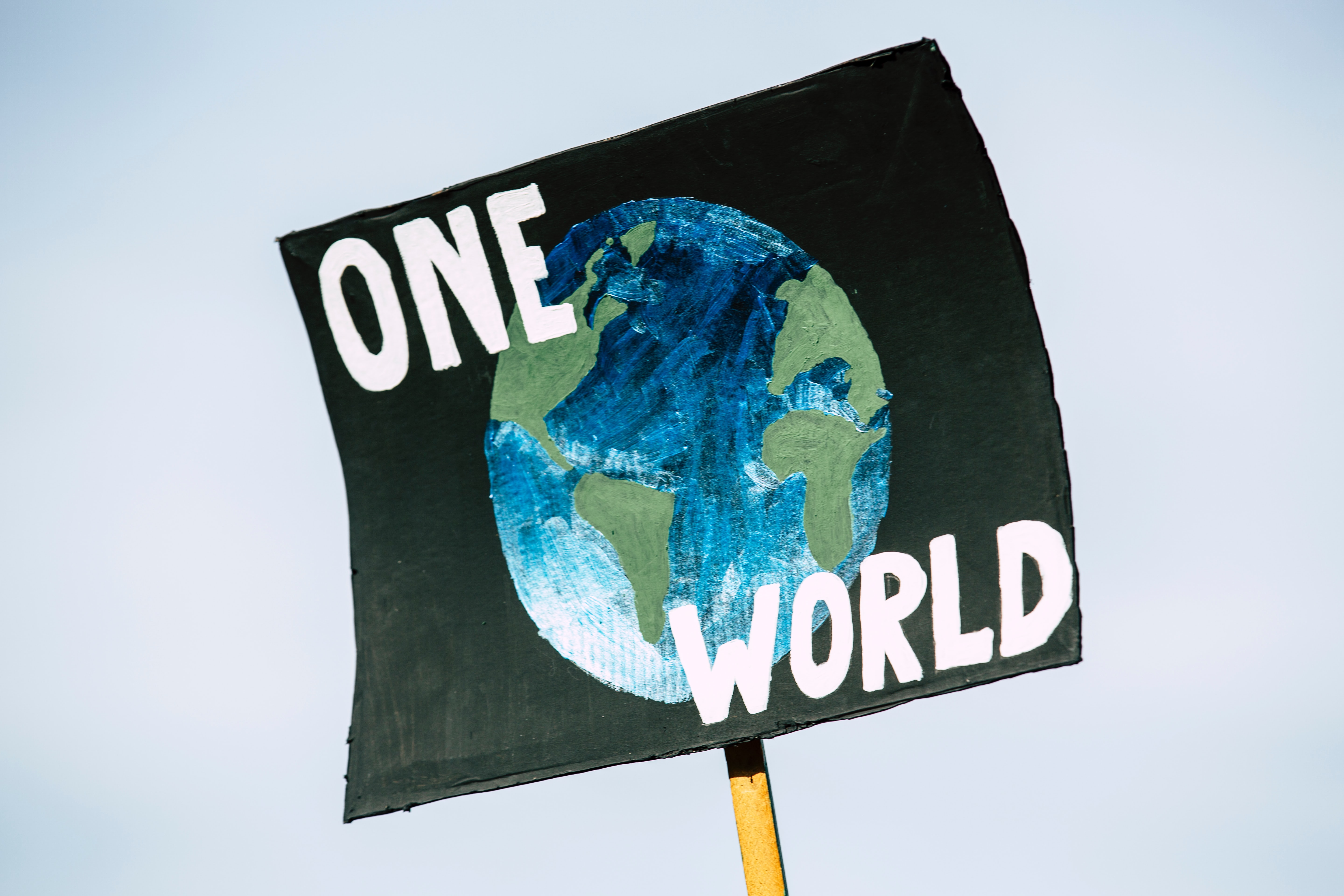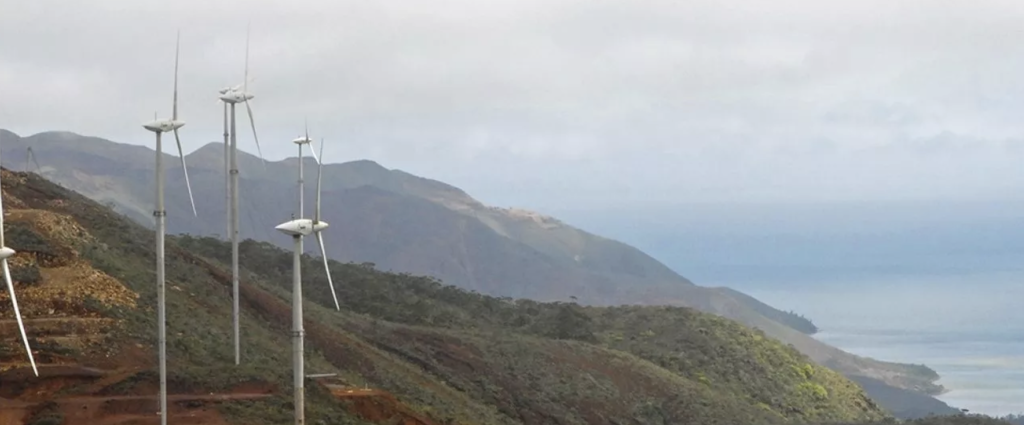This is part two in our article series about how we consider the climate projects that we support. This part focuses on climate organizations that influence society.
There are many organizations trying to stop climate change by influencing society in various ways, such as by developing political proposals, organizing demonstrations, or through lobbying. We at GoClimate work for systemic changes just like other climate organizations in this category, but we also support certain other organizations such as Klimatriksdagen (Sweden) and Shado (UK). We choose to support organizations where even small contributions can make a big difference, which ensures that our contributions provide what is called additional climate benefit. This means that we want our money to contribute to a climate benefit that would not have occurred if we had not contributed the money.
In addition, we support projects and individuals where our contribution, in addition to providing direct climate benefit, also indirectly contributes to us getting more funds for further climate work. An example could be sponsoring a climate conference with 10,000 SEK, which not only creates direct climate benefit but also attracts corporate customers who contribute an additional 20,000 SEK to climate projects, effectively more than doubling the climate benefit for the invested money.
Supporting society-influencing organizations is complex. We do not want to support any concrete party politics and do not support specific political parties. But we believe it is crucial to show, among other things through debate articles, to politicians that the climate crisis is urgent and that political solutions are an essential part of the answer
When we support different climate organizations, we believe it is important to carefully evaluate them and try to calculate the benefit they provide, something we think the organization Giving Green does well. The challenge in evaluating these organizations lies in how to calculate the climate benefit they achieve in terms of tons of carbon dioxide. Giving Green uses a method where they calculate backwards from previously achieved results and make a series of assumptions about what proportion of the result for a specific action is thanks to the organization.
A simplified example: An organization drives a political proposal that leads to the U.S. reducing its emissions by 1%. When the proposal is implemented, 1% of the U.S.’s annual emissions equals an incredible 63 million tons of CO2e. To calculate the organization’s share of this, one can assume that the organization expedited the proposal by six months. This means that the organization may have contributed to 31.5 million tons of CO2e climate benefit in half a year. If the organization achieved this with a budget of 10 million dollars, it means that each dollar contributed to eliminating 3.2 tons of CO2e, which corresponds to a cost of 0.3 dollars per ton CO2e. This is a cost-effective result, but the calculation also contains some uncertainties.
1.1 The reason we do not exclusively support such projects
We believe that it is possible to achieve significant climate benefit through these types of organizations. In fact, it can be one of the most cost-effective ways to make a climate impact. As an example, the article’s author gives 50% of their donations to GeEffektivt’s recommended climate organizations and 50% to GoClimate’s measurable and certified climate projects.
1.1.1 Uncertainty in the assumptions
Despite this, there are uncertainties in these calculations. It is not always certain that the organization actually contributed or that they could do more good with additional funding. However, we are strong advocates of trying to evaluate the benefit, even if it poses challenges. The efficiency of charitable organizations can vary greatly, so we recommend supporting organizations that GeEffektivt and Giving Green highlight.
1.1.2 By definition political
Moreover, support for certain proposals driven by these organizations often involves a political stance. This can be problematic for some of our corporate clients. Therefore, it is important to be aware of these aspects when supporting politically influencing organizations.
1.1.3 Measurability
At GoClimate, we value being able to specify the exact climate benefit that each contribution provides. We have seen that both individuals and companies appreciate traceability and are willing to contribute more when they know exactly what their money accomplishes. Therefore, we focus on climate projects where the benefit is measurable, clear, third-party audited, and transparently reported.
We also believe that there is strength in each individual and company taking responsibility for their own emissions. This means that those who emit more carbon dioxide should contribute more to climate work. If someone has caused 10 tons of CO2e in emissions during a year, they should pay proportionally more than someone who has only caused 1 ton of CO2e. This principle places high demands on the measurability of the climate projects we support and it is not at all certain that a specific sum of money will prevent or neutralize an exact amount of CO2e moving forward through these organizations.
However, it is important to emphasize that uncertainty exists in all types of climate projects. In the case of the projects we are discussing here, the uncertainty and traceability can be particularly high, even though the potential benefit can also be very significant.
Please feel free to contact us at [email protected] if you think there is anything we have missed on this topic, we are always open to learning more!
Keep an eye out for the next part in this article series which will be about climate projects that contribute to reduced emissions.





